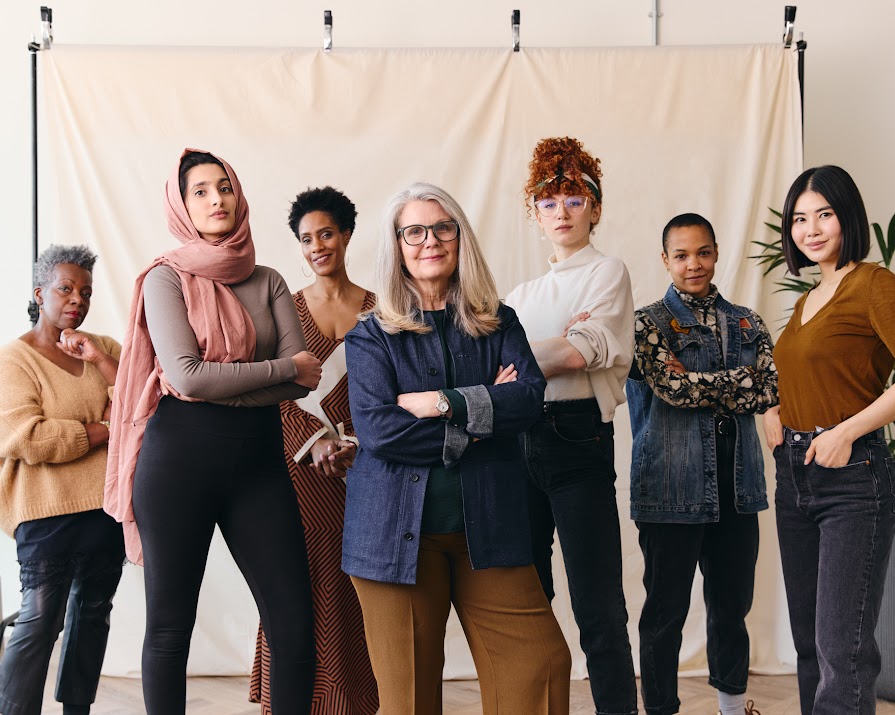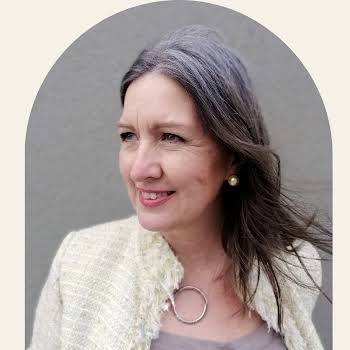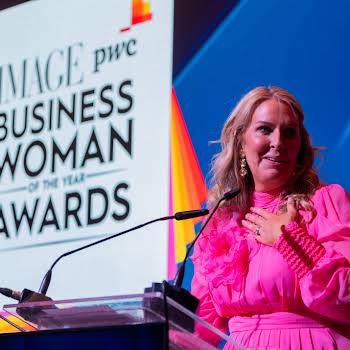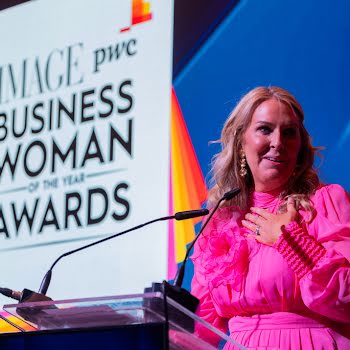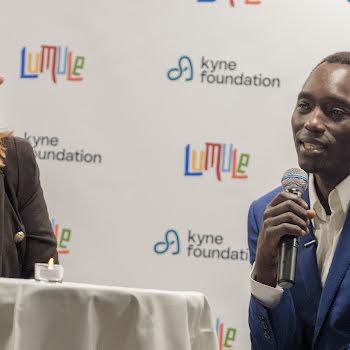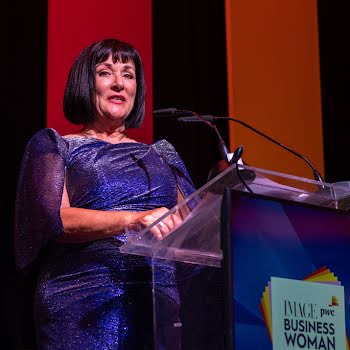
By Dominique McMullan
08th Mar 2023
08th Mar 2023
In Ireland the gender pay gap is exacerbated by exorbitant childcare costs and inadequate public provision of childcare services (sorry Leo, but it’s STILL not enough)
Irish women *still* don’t have the same career opportunities as men. From systemically undervalued “feminine” roles, to inadequate public provision of childcare services; from unequal distribution of paid and unpaid jobs, to inequalities in access to work, career progression and financial reward. At IMAGE we champion women every day, and these are the issues the women of Ireland are facing today.
Can you hear me in the back? Women still don’t have the same career opportunities as men.
The year is 2023. Women have had equal voting rights to men for 101 years. Married Irish women have been legally allowed to work in the public sector for 50 years. Mary Robinson, the first Irish President was elected 32 years ago. The Employment Equality Act upheld gender equality in employment 25 years ago. The eighth amendment was repealed nearly 5 years ago.
And yet still, today, over 1 in 3 people claim women earn less than men in their workplace and over half (58%) of women think that they have less career opportunities than men*.
The gender pay gap remains.
Why is this? The gender pay gap is about more than pay discrimination. It is about the inequalities faced by women in access to work, career progression and financial reward. These frustrating inequalities are multi-faceted and require some explanation. So let’s get going.
More women work in low paying jobs such as care, education and health. We saw this illustrated during the Covid pandemic, when women in these roles had a spotlight shone on how valuable their roles really were to society. Unfortunately, that value does not translate financially, typically “feminine” roles tend to be systematically undervalued.
More women work for free. There is an unequal distribution of paid and unpaid work between men and women. In Ireland this problem is exacerbated by exorbitant childcare costs and inadequate public provision of childcare services (sorry Leo, but it’s STILL not enough). The second mortgage that most parents have to pay for childcare means that for many, it simply doesn’t make financial sense to “work” and so they (inevitably the “they” here are women) stay at home to mind the kids, and therefore work for free.
Adequate company policies on flexible working time arrangements and parental leave policies help balance the books, but again, unfortunately, not enough is being done here to tip the scales for women.
And then of course we have the glass ceiling. One in eight CEO’s in Ireland are women. The composition of Boards of Directors of large enterprises in Ireland in 2021 was 78% male.We know that you can’t be what you can’t see.
What about women running their own businesses? Globally, Irish women are significantly less likely than other nationalities to start their own business – this points to a lack of confidence, and a lack of resources. What’s the most valuable resource? Time. And that’s another thing we have less of. Women have less free time than men, with over 1 in 4 having less than 2 free hours in a day*. We don’t have the data in regards to mothers who work outside of the home, but I would imagine that those two hours would be significantly less.
So there is the bad news. I’m sorry. But I also have some good news. The IMAGE Business Club is a place for women come to together to BE that change they can’t see. It’s a community of like-minded, ambitious women who learn from, inspire and champion each other. It’s made up of Ireland’s female business leaders, business owners and business advocates. It’s a place where – through networking, events, co-working, coaching and more – women come together and thrive. It’s not going to change any Government policies, (not yet anyway) but it will change your experience of being a woman in business today. I hope to see you there.
Happy International Women’s Day.
* Data gathered by the Annual WIN World Survey (the world’s leading association in market research and polling) exploring the views and beliefs of 28,702 respondents in 39 countries across the globe.











